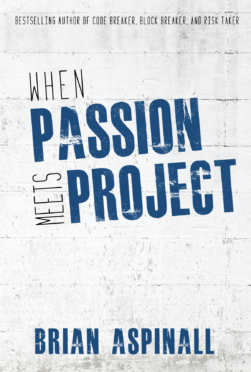In this article we are going to write a tiny app to calculate the volume of a cylinder. My goal is to get students to deconstruct and understand the formula and then use their app to solve richer problems that require volume solutions.
Let’s look at the Ontario curriculum for 3D Measurement – Grade 8.
- determine, through investigation using a variety of tools and strategies (e.g., generalizing from the volume relationship for right prisms, and verifying using the capacity of thin-walled cylindrical containers), the relationship between the area of the base and height and the volume of a cylinder, and generalize to develop the
formula (i.e.,Volume = area of base x height); - determine, through investigation using concrete materials, the surface area of a cylinder (Sample problem: Use the label and the plastic lid from a cylindrical container to help determine its surface area.);
- solve problems involving the surface area and the volume of cylinders, using a variety of strategies (Sample problem: Compare the volumes of the two cylinders that can be created by taping the top and bottom, or the other two sides, of a standard sheet of paper.).
Here are two examples from a student in our class. You can “See Inside” to view her code.
Possible Extensions For This Task:
You could extend this to have students:
- accept diameter, then find the volume
- also find the surface area
- find the surface area when given volume
- find the volume when given surface area
- determine how long it will take to fill eg: pool at a certain rate of flow
Using our apps, we can solve richer problems like this one:
How long will it take to fill a pool that is 10 metres wide in the middle and 1 metre tall if the hose sprays at 0.25 cubic metres / min?
 For all the kids who grow up in a small town and think they don’t stand a chance. You do. I was once that kid.
For all the kids who grow up in a small town and think they don’t stand a chance. You do. I was once that kid.
Hi. I love this idea. I’ve just done one of Kyle Pearce’s 4 Act Lessons for area of a circle and composite shapes (The cookie one) and I made my own for surface area of a cylinder. This would be a great next step. I have two questions. 1. How do you approach learning the formula first? 2. How much experience on Scratch do your kids already need to do this? We only did the one hour of code awhile back so I’m not sure they would be ready.
Hi Erin!
Kyle’s stuff is definitely great! To answer your questions:
1) I approach the SA formula using nets first. An inquiry approach. Volume is slightly different obviously but if students know area of base * height than a cylinder is no different.
2) ZERO! Well, at least let them play first. I would suggest following a tutorial the first time through. Feel free to use mine: http://www.youtube.com/brinall1. They really are naturals at this stuff.
I hope this helps! Happy to help more!